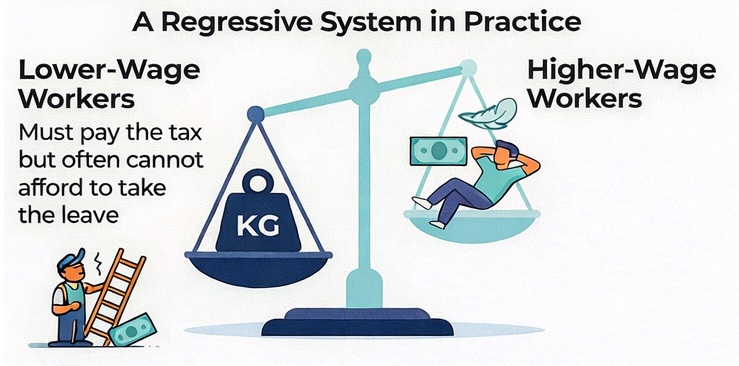Although the U.S. House, but not the Senate, passed a drug price control bill in a previous Congress, a revised bill was “marked up” in House committees yesterday. The bill, HR.3, passed out of the Ways and Means Committee but was defeated by all Republicans and three “moderate” Democrats in the Energy and Commerce Committee. (here)
This revised bill is extremely important to liberal Democrats in Congress. The anticipated federal savings are estimated to provide $500 billion to $700 billion of funding over ten years for their $3.5 trillion blow-out welfare plan.
But what do drug price controls mean for the health of Americans? Researchers at the University of Chicago recently released data on the impact of price controls on drug research and development and pharmaceutical availability to patients in the U.S. (here) The Chicago study estimates that R&D dollars would drop by 30 percent to 60 percent by 2029, which translates to 167-342 fewer new drugs being bought to market.
It is well known that Americans pay higher prices for drugs than other “favored” nations. Patients in other countries are, in effect, getting a free ride on the backs of U.S. patients, who provide the bulk of money for research and development of new drugs. U.S. pharmaceutical companies develop two thirds of all new medications offered worldwide.
Government officials of other industrialized countries negotiate prices with drug manufacturers, which is the goal of HR.3. Yet new drug availability is much worse in these other countries. Of 270 new pharmaceuticals available in the U.S. since 2011, only 67 percent were available in Germany, 64 percent in the U.K., 53 percent in France, 52 percent in Canada, 48 percent in Japan, and 41 percent in Australia. Clearly, drug price controls are not in the best health interests of patients in America. (here)
Throughout our economy, a vigorous and creative free market, without third party interference, results in better products at cheaper prices every day with constant improvement. Allowing patients, in consultation with their providers, to decide which drugs are best clinically and financially for them should be the goal of health care reform, not damaging price controls.
The Democrat $3.5 trillion welfare bill faces a number of hurdles in Congress in the coming weeks. Financing the massive cradle-to-grave legislation through drug price controls should be a non-starter for both Republicans and Democrats.





